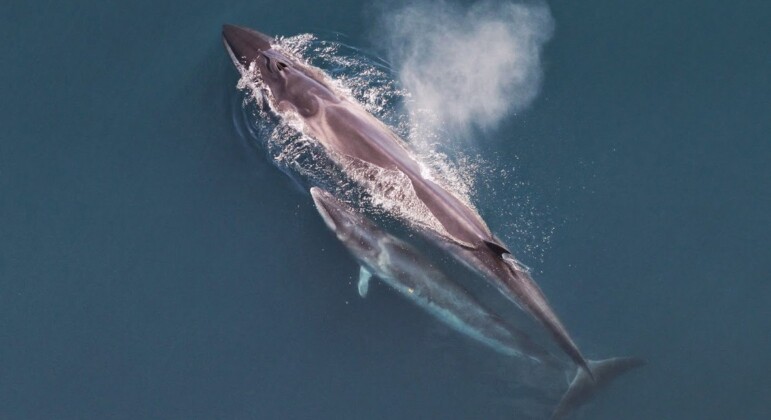Majestic Sei Whales Reappears After A Century

News from Argentina indicates that the 1946 International Convention for the Regulation of Whaling continues to yield benefits, as sei whales have returned to the country’s coastal waters for the first time in nearly a decade.
Overhunting in the 1920s and 1930s forced these whales to leave Argentina’s waters.
“After nearly a century of being hunted to near extinction, sei whale populations are now recovering and returning to their former habitats,” said Mariano Coscarella, a biologist and marine ecosystem researcher at Argentina’s CONICET scientific agency. He noted that sei whales reproduce every two to three years, so it took almost 100 years for their population to become noticeable again.
The sei whale, the third largest whale in the world, can grow up to 64 feet (20 meters) long and weigh up to 31 tons (28 tonnes). It is also one of the fastest whales, capable of swimming 31 mph over short distances.
Despite being listed as Endangered on the IUCN Red List, the global sei whale population is estimated at 50,000 and is increasing.
In other whale-related news, a recent survey in the Seychelles observed 10 groups of blue whales, the first such sightings since 1966. Additionally, a New England Aquarium aerial survey team sighted a gray whale off the New England coast in March, a species extinct in the Atlantic for over 200 years. Blue whales have been returning to coastal Californian waters in significant numbers, and surveys have found around 8,000 Southern fin whales in Antarctica’s Southern Ocean between 2018 and 2019.